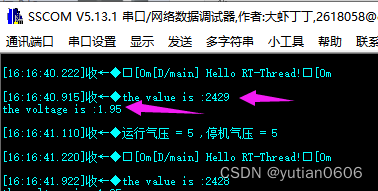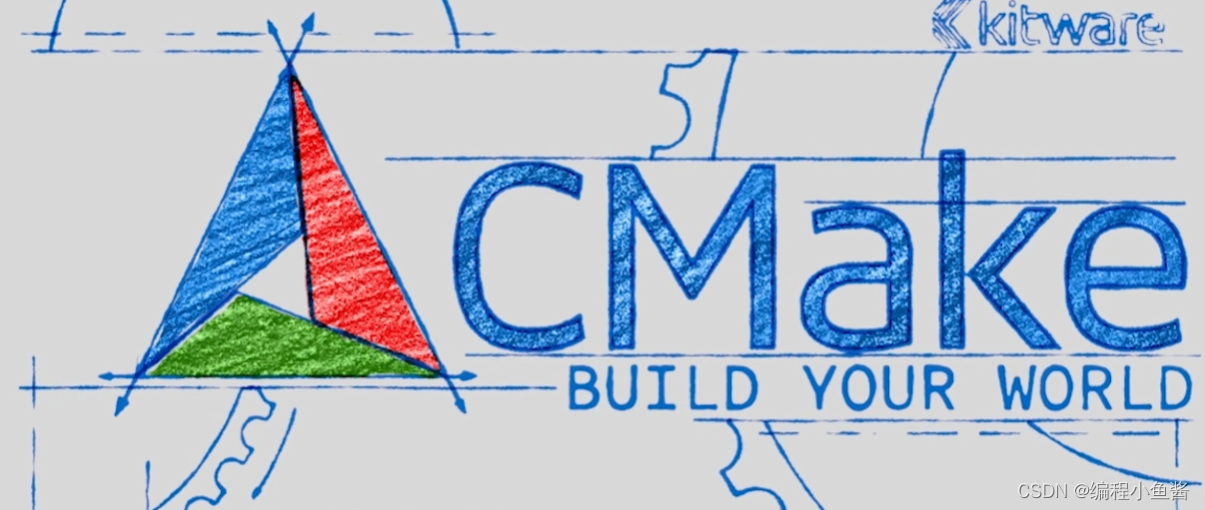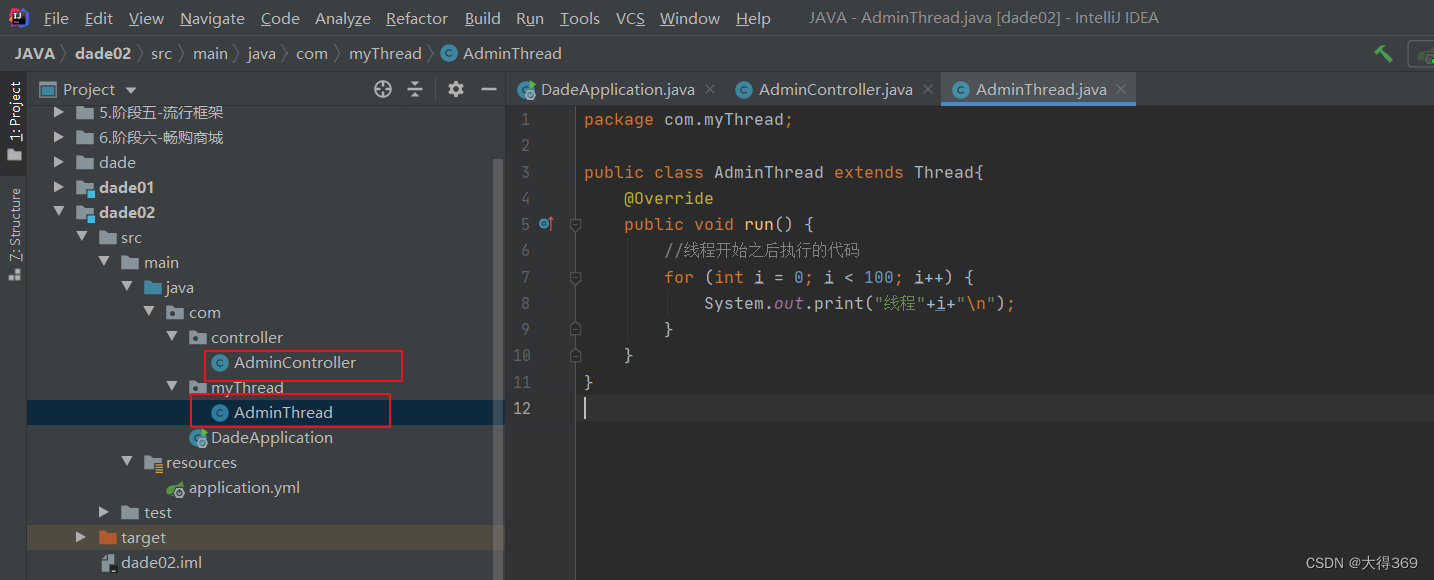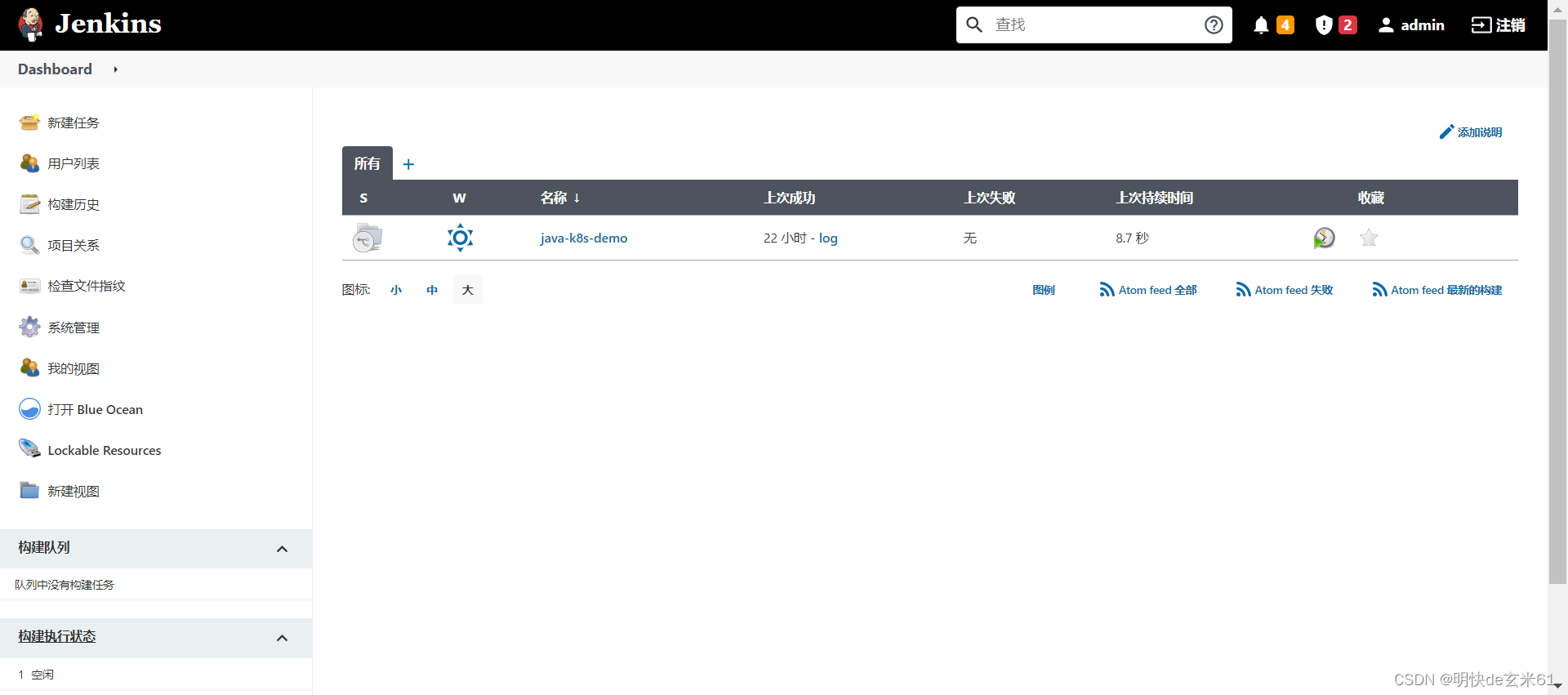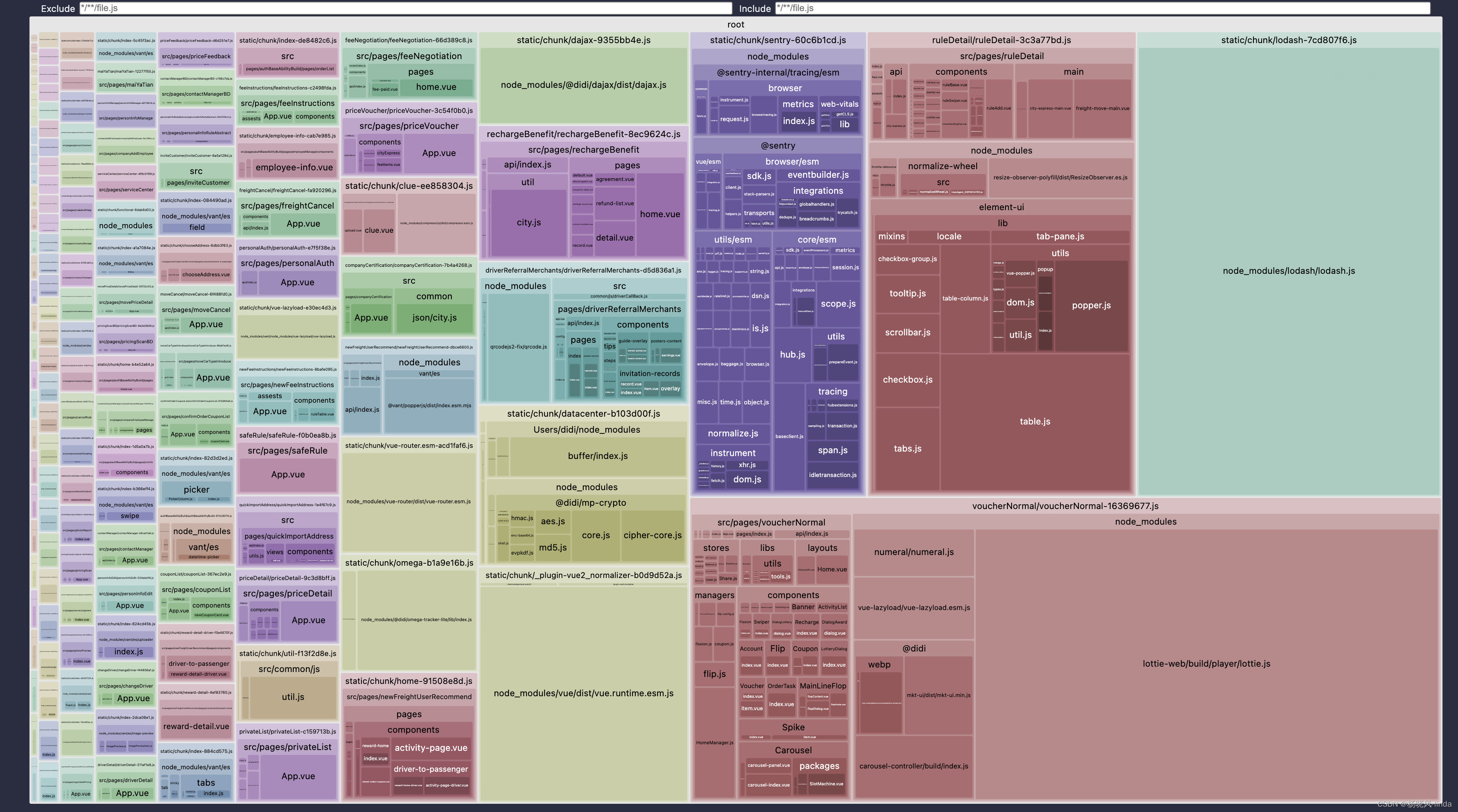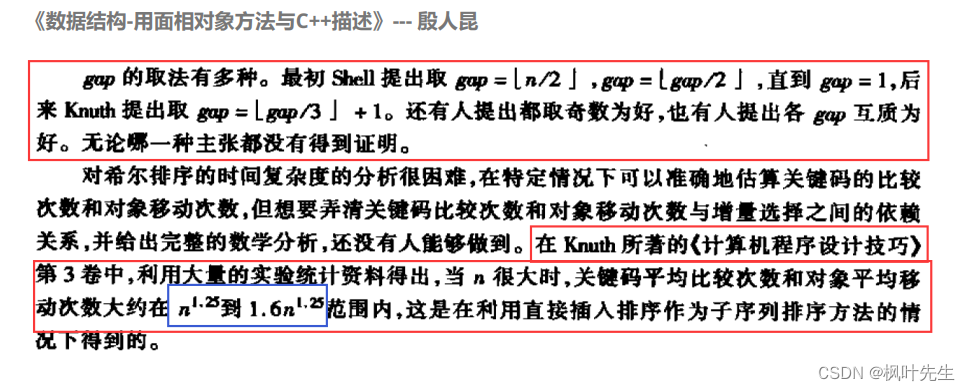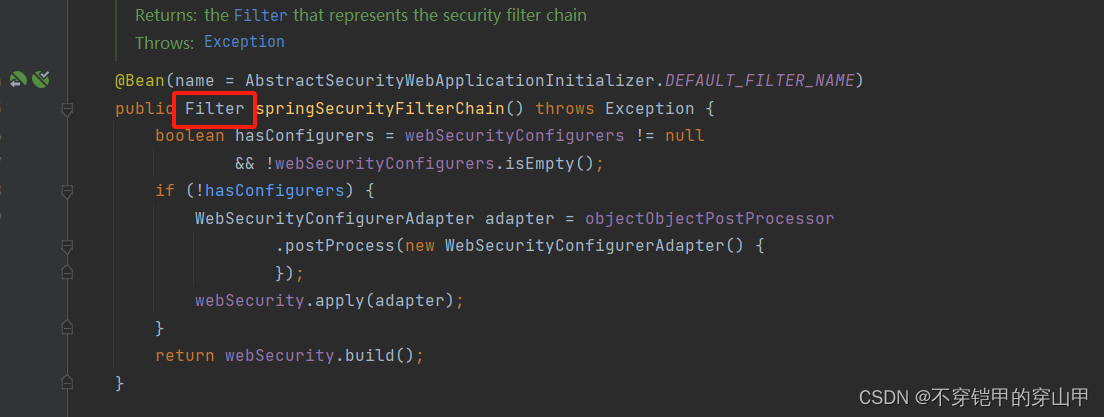- c++的动态数组vector是STL的内容,关于STL,有兴趣可自行网上搜索资料。本节主要介绍vector的基本内容以及vector的简单优化。
- vector当超过数组最大范围,需要往里面添加新的元素时,会在内存中创建一个比上一个更大的数组,将上一个数组中的所有元素复制过来,然后删除旧的数组。
-
#include <iostream> #include <vector> struct Vertex { float x, y, z; Vertex(float x,float y, float z) { this->x = x; this->y = y; this->z = z; } }; std::ostream& operator<< (std::ostream& stream, const Vertex& vertex) { stream << vertex.x << vertex.y << vertex.z; return stream; } int main() { std::vector<Vertex> vertices; vertices.push_back(Vertex(1.3f, 2.1f, 4.4f)); vertices.push_back({ 2,3,4 }); //两种方式便利vertor //for (int i = 0; i < vertices.size(); i++) //{ //std::cout << vertices[i] << std::endl; //} for (Vertex &ver:vertices) //传入引用的原因时为了尽量减少复制,如果不是引用,则会将每个vertices复制到for循环中,影响性能 { std::cout << ver << std::endl; } vertices.erase(vertices.begin() + 1); //删除vertices中的第二个元素。因为erase中的参数时一个iterator vertices.clear(); //清空整个vertices中的元素 std::cin.get(); return 0; }下面简单对vector进行优化
-
vector影响性能的主要原因是当插入新的元素是,原来的vector分配的剩余内存不够时,需要复制原来vector中存在的所有元素,重新分配内存,从而影响程序的性能。
-
#include <iostream> #include <vector> struct Vertex { float x, y, z; Vertex(float x,float y, float z) { this->x = x; this->y = y; this->z = z; } //新增一个拷贝构造函数,查看复制操作的产生时机 Vertex(const Vertex& ver) :x(ver.x),y(ver.y),z(ver.z) { std::cout << "进行一次复制操作!!!" << std::endl; } }; std::ostream& operator<< (std::ostream& stream, const Vertex& vertex) { stream << vertex.x << ", " << vertex.y<< ", " << vertex.z; return stream; } int main() { std::vector<Vertex> vertices; vertices.push_back(Vertex(1.3f, 2.1f, 4.4f)); vertices.push_back({ 2,3,4 }); //这个状态下执行三次复制操作 std::cin.get(); return 0; }运行结果
-
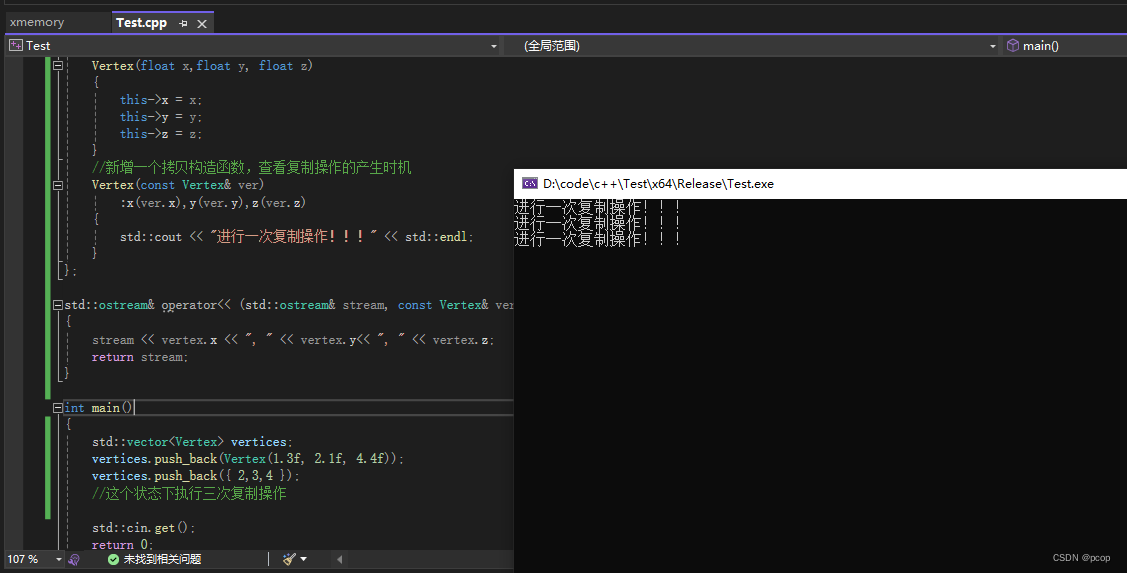
-
#include <iostream> #include <vector> struct Vertex { float x, y, z; Vertex(float x,float y, float z) { this->x = x; this->y = y; this->z = z; } //新增一个拷贝构造函数,查看复制操作的产生时机 Vertex(const Vertex& ver) :x(ver.x),y(ver.y),z(ver.z) { std::cout << "进行一次复制操作!!!" << std::endl; } }; std::ostream& operator<< (std::ostream& stream, const Vertex& vertex) { stream << vertex.x << ", " << vertex.y<< ", " << vertex.z; return stream; } int main() { std::vector<Vertex> vertices; vertices.reserve(3); //vertices.push_back(Vertex(1.3f, 2.1f, 4.4f)); //vertices.push_back({ 2,3,4 }); //vertices.push_back(Vertex(3, 4, 5)); //提前reserve后,这个状态下执行三次复制操作,是因为push_back操作,每次先在main函数的栈帧创建一个Vertex,然后再将main中创建好的Vertex复制到vertices分配好的内存中 vertices.emplace_back(1.3f, 2.1f, 4.4f); vertices.emplace_back( 2,3,4 ); vertices.emplace_back(3, 4, 5); //使用emplace_back替换push_back,这个状态下不会执行复制操作,因为push_back是用参数的数据在vertices分配好的内存中创建Vertex对象,不需要再去复制 std::cin.get(); return 0; }
C++学习笔记(二十七):c++ 动态数组vector及优化
news2025/1/11 1:36:27
本文来自互联网用户投稿,该文观点仅代表作者本人,不代表本站立场。本站仅提供信息存储空间服务,不拥有所有权,不承担相关法律责任。如若转载,请注明出处:http://www.coloradmin.cn/o/1369350.html
如若内容造成侵权/违法违规/事实不符,请联系多彩编程网进行投诉反馈,一经查实,立即删除!相关文章
RT-Thread:ADC 框架应用,通过 STM32CubeMX 配置 STM32 ADC驱动
关键词:ADC,RT-Thread ADC,STM32 ADC应用
说明:本笔记是记录如何开启 RT-Thread 框架的ADC功能,使用系统自带的ADC函数,并通过 STM32CubeMX 配置 STM32 ADC驱动 。
1. 打开board.h 文件,找到ADC 使用配置的流程&…
CMake入门教程【核心篇】动态库与静态库的差别
😈「CSDN主页」:传送门 😈「Bilibil首页」:传送门 😈「动动你的小手」:点赞👍收藏⭐️评论📝 文章目录 1.概述2.动态库(Shared Libraries)主要特点使用场景3.静态库(Static Libraries)主要特点
java继承Thread实现多线程
1、AdminController文件
package com.controller;import com.myThread.AdminThread;
import org.springframework.web.bind.annotation.*;RestController
CrossOrigin
RequestMapping("/admin")
public class AdminController{GetMapping("/{id}")public …
离线安装jenkins:使用rpm安装包
目录 一、安装jdk1.8二、安装yum软件包三、下载rmp安装包四、安装jenkins的rpm安装包五、创建jenkins文件目录六、设置环境变量七、配置jdk位置八、配置Jenkins配置文件九、启动Jenkins十、访问Jenkins十一、安装Jenkins插件 一、安装jdk1.8
根据博客Linux操作系统安装jdk1.8并…
Rollup-plugin-bundle-analyzer VS Rollup-plugin-visualizer
分析和可视化Rollup打包后的文件的插件
Rollup-plugin-bundle-analyzerRollup-plugin-visualizer
Rollup-plugin-bundle-analyzer和Rollup-plugin-visualizer都是用于分析和可视化Rollup打包后的文件的插件,但它们在功能和使用方式上存在一些差异。
Rollup-plugi…
外包做了5个月,技术退步一大半了。。。
先说一下自己的情况,本科生,20年通过校招进入深圳某软件公司,干了接近4年的功能测试,今年年初,感觉自己不能够在这样下去了,长时间呆在一个舒适的环境会让一个人堕落!而我已经在一个企业干了四年的功能测试…
麒麟操作系统缓存rpm包,制作离线yum源
缓存rpm包,以make为例
mkdir -p /data/yum
yumdownloader --resolve --destdir/data/yum make制作离线yum包
yum install createrepo -y
cd /data/yum
createrepo .写yum配置文件/etc/yum.repos.d/local.repo
[local-repo]
namelocal-repo
baseurlfile:///data/…
分布式锁3: zk实现分布式锁2 使用临时节点(需要自旋)
一 使用临时节点实现分布式锁
1.1 代码截图 1.2 代码如下
由于zookeeper获取链接是一个耗时过程,这里可以在项目启动时,初始化链接,并且只初始化一次。借助于spring特性,代码实现如下:
package com.atguigu.distri…
世微 AP5127 DC-DC降压恒流IC 输入12-24 输出9V 2A 车灯方案线路图
此方案应用领域:电动车,摩托车灯照明, 汽车灯照明,手电筒,LED照明等 AP5127 是一款 PWM 工作模式,高效率、外 围简单、内置功率管,适用于 12-100V 输入的高 精度降压 LED 恒流驱动芯片。输出功率可达 25W&a…
【排序算法】二、希尔排序(C/C++)
「前言」文章内容是排序算法之希尔排序的讲解。(所有文章已经分类好,放心食用) 「归属专栏」排序算法 「主页链接」个人主页 「笔者」枫叶先生(fy) 目录 希尔排序1.1 原理1.2 代码实现(C/C)1.3 特性总结 希尔排序
1.1…
spring Security源码讲解-WebSecurityConfigurerAdapter
使用security我们最常见的代码:
Configuration
public class SecurityConfig extends WebSecurityConfigurerAdapter {Overrideprotected void configure(HttpSecurity http) throws Exception {http.formLogin().permitAll();http.authorizeRequests().antMatcher…
【Python】DataFrame 使用 concat 横向拼接出现两行问题
问题
在使用 DataFrame 中 concat 横向拼接两个只有一行的 DataFrame 时,最终的结果有两行。
如下图:
原始的 df 分别为: 指定横向合并后是: 这里可以看到是横向拼接了,但是并没有真正意义的横向拼接,而…
AI数字人虚拟现实产业的发展现状与展望
AI数字人虚拟现实产业是当今科技领域备受瞩目的发展方向之一。随着人工智能和虚拟现实技术的迅猛发展,人们对于数字形象的需求不断增加,AI数字人虚拟现实产业正应运而生。本文将从产业现状和未来展望两个方面来描绘AI数字人虚拟现实产业的发展。
首先&a…
MT6762芯片性能参数介绍_MTK联发科处理器
MT6762采用台积电 12 nm FinFET 制程工艺,8* Cortex-A53架构,搭载Android9.0/11.0/12.0操作系统,主频最高达2.0GHz,提供更高阶的功能和出色的体验。 搭载PowerVR GE8329 GPU,运行频率高达 650MHz,实现 20&a…
小游戏选型(一):游戏化设计助力直播间互动和营收
一、社交直播间小游戏火爆
大家好,作为一个技术宅和游戏迷,今天来聊聊近期爆火的社交直播间小游戏的潮流。喜欢冲浪玩社交产品的小伙伴会发现,近期各大平台都推出了直播间社交小游戏,直播间氛围火爆,小游戏玩法简单&a…
Java程序员面试-场景篇
前言
裁员增效潮滚滚而来,特总结一些实际场景方案的面试题,希望对大家找工作有一些帮助。
注册中心
题目: 有三台机器,分别部署了微服务A、微服务B、注册中心,其中A和B都有服务接口提供并正常注册到了注册中心&…
Halcon 模板匹配基于轮廓(形状)
文章目录 halcon 案例 基于缩放比halcon 案例 测单个剃须刀片Halcon 案例创建匹配模板Halcon 通过图像处理创建模型 ROI模型Halcon 亚像素识别Halcon 识别不等比例的图像Halcon 匹配包装袋案例Halcon 创建模板进行匹配Halcon 案例模板匹配与测量Halcon 多模板与多图像的匹配 ha…
CMake入门教程【核心篇】导入外部库Opencv
😈「CSDN主页」:传送门 😈「Bilibil首页」:传送门 😈「动动你的小手」:点赞👍收藏⭐️评论📝 文章目录 环境准备示例:在Windows上配置OpenCV路径示例:在Linux上配置OpenCV路径环境准备
首先确保你的系统中安装了CMake。可以通过以下命令安装: Windows: 下载并…
